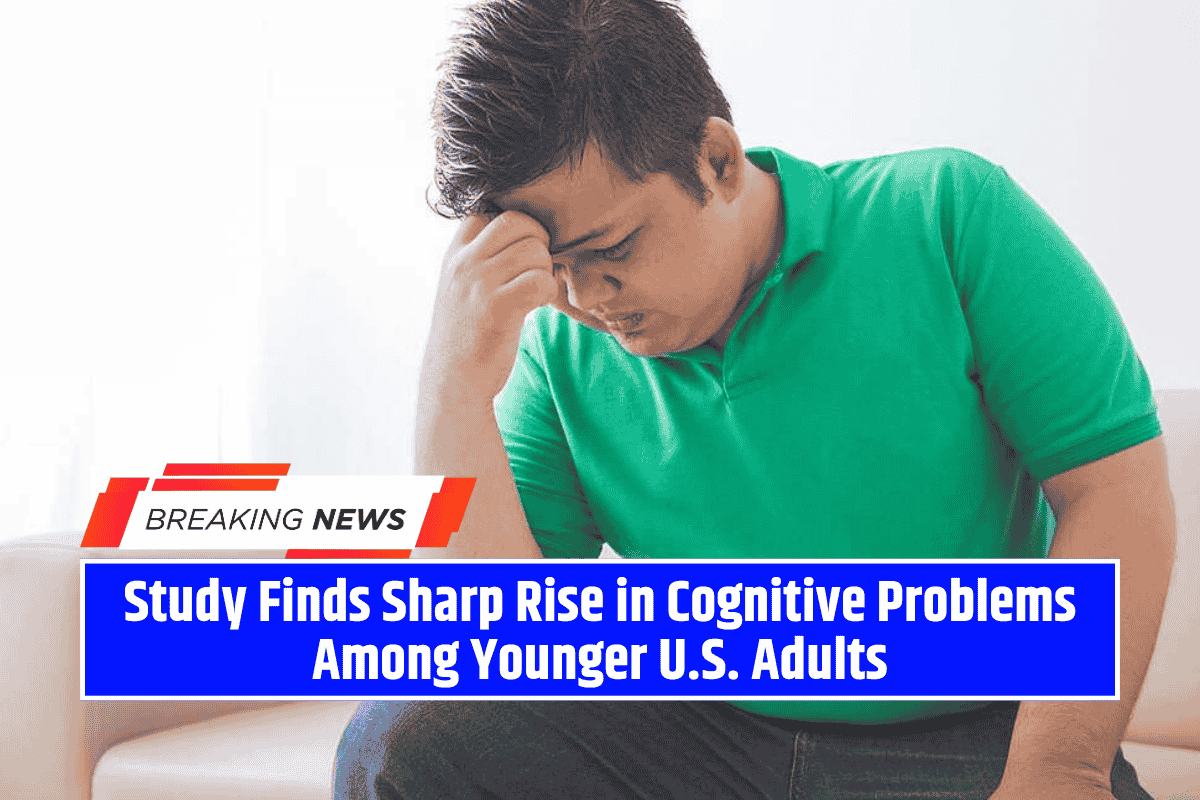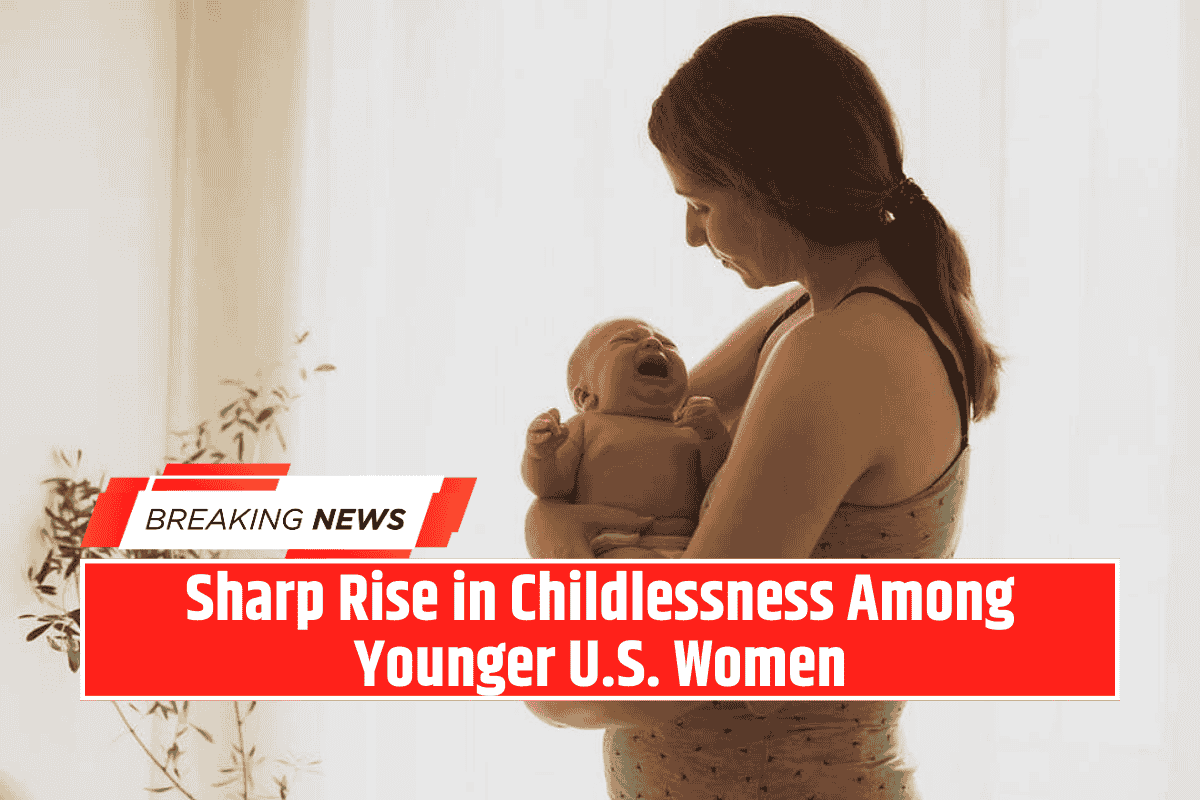A new study published Sept. 24 in Neurology suggests that more Americans — particularly younger adults — are struggling with serious problems related to memory, concentration, and decision-making.
Researchers found that reports of these difficulties nearly doubled among adults ages 18 to 39 over the past decade.
“Challenges with memory and thinking have emerged as a leading health issue reported by U.S. adults,” said senior researcher Dr. Adam de Havenon, an associate professor of neurology at Yale School of Medicine.
“Our study shows that these difficulties may be becoming more widespread, especially among younger adults, and that social and structural factors likely play a key role.”
A Decade of Data Analyzed
The findings are based on more than 4.5 million survey responses collected between 2013 and 2023 by the U.S. Centers for Disease Control and Prevention (CDC). Participants were asked if they had serious difficulty concentrating, remembering, or making decisions due to a physical, mental, or emotional condition.
To ensure more accurate results, researchers excluded responses from individuals with depression and omitted 2020 data, which they felt was skewed by the COVID-19 pandemic.
Overall, the proportion of adults reporting cognitive difficulties rose from 5.3% in 2013 to 7.4% in 2023.
Younger Adults Hit Hardest
The steepest increase was seen in adults under 40:
- Ages 18–39: rose from 5.1% to 9.7% — nearly doubling.
- Ages 70 and older: slightly declined from 7.3% to 6.6%.
This shift suggests a surprising reversal of expectations, with younger Americans reporting more struggles while older adults showed slight improvement.
Impact of Income and Education
Economic and educational status strongly influenced the likelihood of cognitive difficulties:
- Low income (below $35,000): rose from 8.8% to 12.6%.
- High income (above $75,000): still doubled, from 1.8% to 3.9%.
- No high school diploma: increased from 11.1% to 14.3%.
- College graduates: climbed more modestly, from 2.1% to 3.6%.
These findings suggest that financial stability and education may provide some protection, but even higher-income, better-educated groups are not immune.
Disparities Across Racial and Ethnic Groups
Rates of cognitive disability rose across all racial and ethnic groups:
- American Indian/Alaskan Native: 7.5% → 11.2%
- Hispanic: 6.8% → 9.9%
- Black: 7.3% → 8.2%
- White: 4.5% → 6.3%
- Asian: 3.9% → 4.8%
“These findings suggest we’re seeing the steepest increases in memory and thinking problems among people who already face structural disadvantages,” de Havenon said.
What’s Driving the Trend?
The causes behind these increases remain unclear. Researchers speculate they may reflect true changes in brain health, increased awareness and reporting, or broader health and social pressures.
“But regardless of possible causes, the rise is real — and it’s especially pronounced in people under 40,” de Havenon said.









